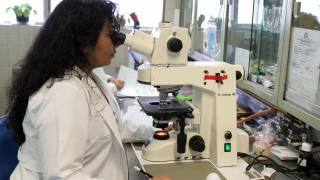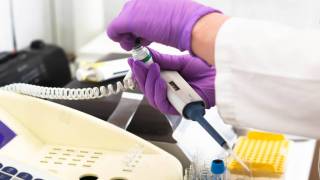Co-Testing for Cervical Cancer is Best, But Not Perfect

A new study published in JAMA reported there may be a preferable cervical cancer screening method for women over 30 years old.
Ever since Georgios Papanicolaou developed his eponymous cervical smear in the 1940s, Papanicolaou (Pap) testing for cervical cytology is one of the most widely used cancer control interventions in the USA.
Despite the widespread screening programs, it was estimated that 12,820 women would be diagnosed with cervical cancer and approximately 4,210 would die from cervical cancer in 2017.
This is confirmation of the need for enhanced cervical cancer screening methods.
One of these methods is co-testing for the human papillomavirus (HPV), which causes 99 percent of cervical cancer.
This new study, called the HPV FOCAL trial, compared the results of a randomized clinical trial comparing Pap smears with the use of HPV tests.
But, neither testing method was found to be foolproof.
Of the women who tested negative on the HPV test, just 22 women showed grade 3 or worse cells, while the Pap smear group, found 52 women ended up with abnormal cells.
These researchers reported this study shows that the real value of co-testing actually comes from the HPV test, not the Pap smear.
This study conclusion adds to a body of research suggesting that HPV testing when combined with a Pap smear, produces the best results.
This study was funded by grant MCT82072 from the Canadian Institutes of Health Research (CIHR). Funding for industry-funded studies was issued to the investigator institutions to conduct these adjunct studies and investigators did not personally benefit financially.
Our Trust Standards: Medical Advisory Committee
- Effect of Screening With Primary Cervical HPV Testing vs Cytology Testing on High-grade Cervical Intraepithelial Neoplasia
- HPV FOCAL study: human papillomavirus testing for cervical cancer screening
- Replacing the Pap Test With Screening Based on Human Papillomavirus Assays
- Inconsistent HPV Test Results Reported


























